Up Next

One third of Formula 1 teams’ entire pre-season testing allowance is already over.
While the carry-over tech takes some pressure off the winter running this year, there were still clear winners and losers on Friday – and some real surprises.
Here’s what we learned from the opening day.
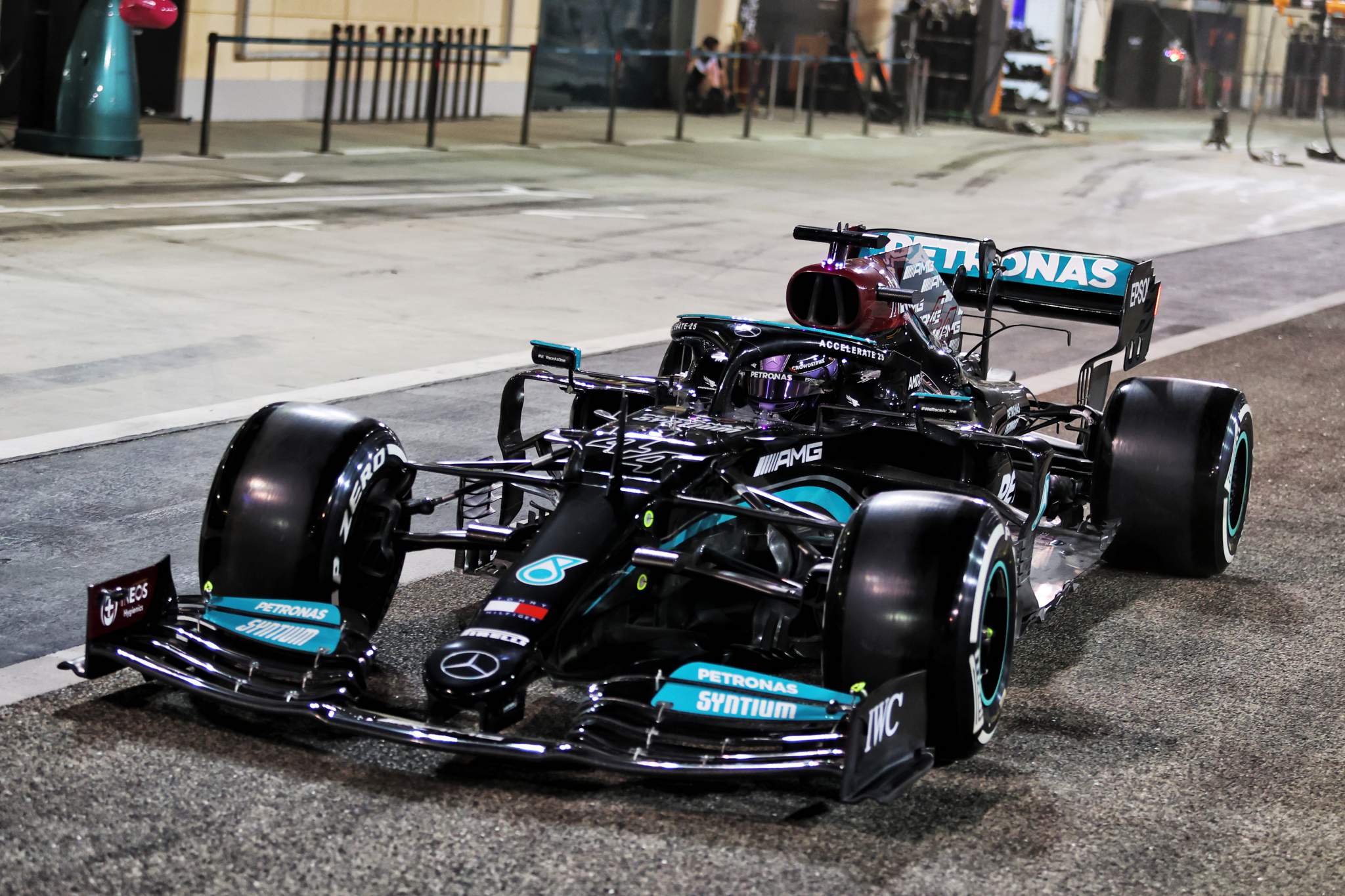
MERCEDES ISN’T PERFECT
Mercedes is still overwhelming favourite for the 2021 world championship and may well cruise imperiously through the rest of the testing weekend – either topping the outright times or producing race pace that leaves the rest reeling.
But the rivals it’s pummelled for the best part of a decade could still take a little comfort from the fact Mercedes was the team that was sat in the garage for nearly the entire morning session while everyone else got on with proper running.
The immediate gearshift problem that prompted the gearbox change came “out of nowhere” according to team principal Toto Wolff, and the cause wasn’t immediately obvious.
A rueful Valtteri Bottas admitted that the issue might’ve cropped up in advance had Mercedes joined the other nine teams in doing a shakedown at a filming day first. Though he did rejoin for the final half-hour of the morning session, his “six total laps, all with aero rakes on the car” was an unfulfilling start to his 2021 season.
Though team-mate Lewis Hamilton covered 36 more laps than that in the afternoon, the body language of his car suggested his running wasn’t very satisfactory.
Radio calls asking for pedal changes, low key times and multiple trips over the run-off areas hinted that things weren’t smooth for the world champion – which was corroborated by Bottas suggesting Hamilton’s running was “compromised as well”.
Not the first day of #F1Testing any of us were hoping for. Debriefing what went down on day one in Bahrain with @ValtteriBottas 👇 pic.twitter.com/oPLxdX5hXS
— Mercedes-AMG PETRONAS F1 Team (@MercedesAMGF1) March 12, 2021
With two more days of testing plus the full complement of practice sessions at the start of the Sakhir race weekend in a fortnight, the chances of Mercedes being on the back foot when it actually matters remain slender.
But it was kind of the team to give its rivals a little glimmer of hope as the year began.
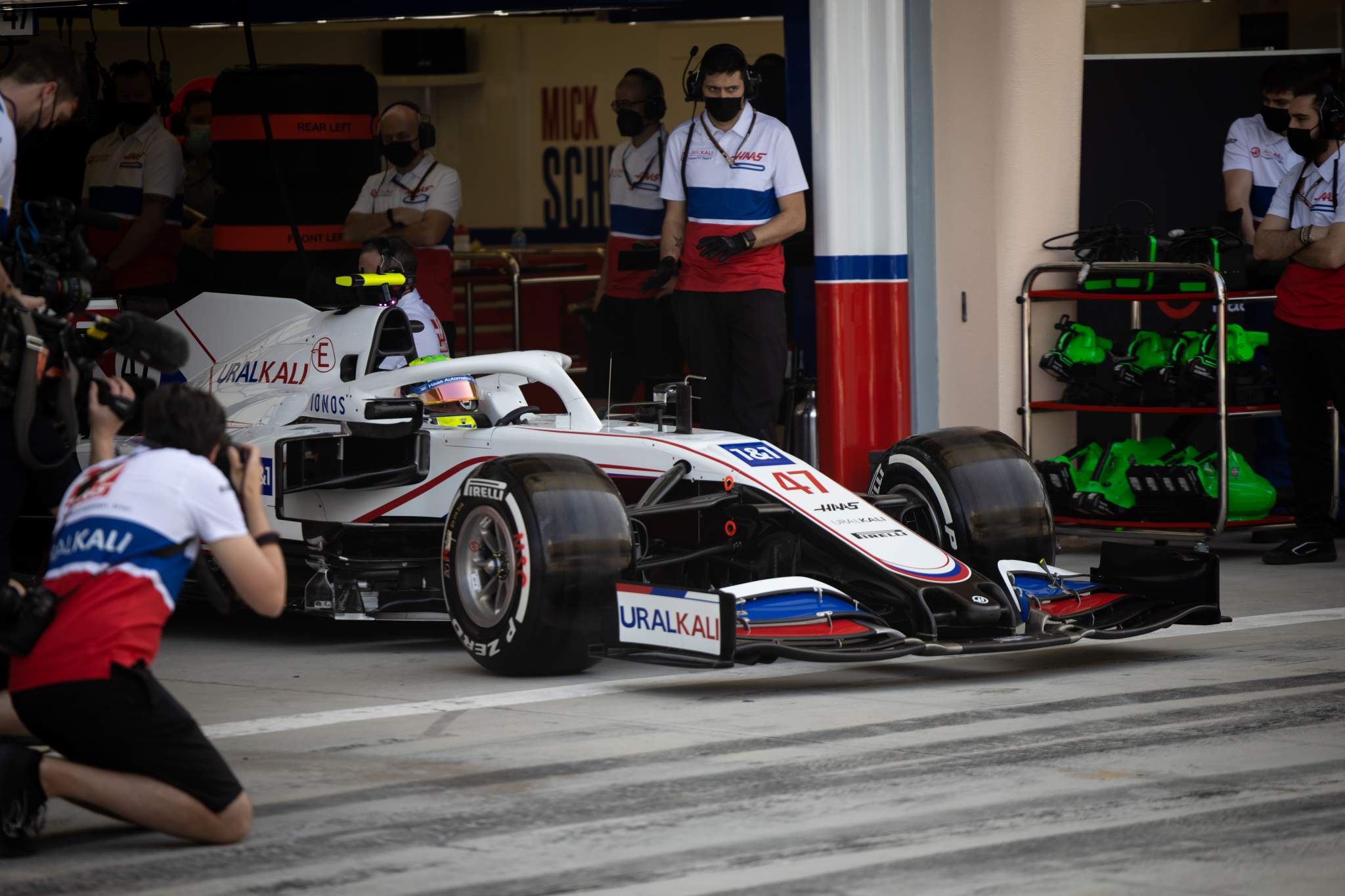
SHORTENED TEST IS BITING HARD
“The programme these three days is fully packed. The last thing you want is losing track time with an issue. It’s more crucial than ever before to have three smooth solid days.”
McLaren team principal Andreas Seidl could say that from the comfortable position of his cars covering 91 smooth laps on day one, but even the teams whose machinery ran smoothly had the headache of the opening hours of the afternoon being compromised by an almost surreal sandstorm.
The fact so many cars pressed on regardless and even set competitive times amid the dust showed how precious every minute of track time was in the shortened pre-season, which isn’t just a matter of teams being reduced to three days of running but each driver getting a maximum of a day and a half.
Mercedes’ problems were most headline-grabbing, but the champion team and its drivers have the experience and resources to recover.
The person for whom a Friday delay was probably most costly was Mick Schumacher. He also needed a gearbox change in his Haas, and that meant just 15 laps of running in the session that’s supposed to make up one-third of his entire running before his F1 debut.
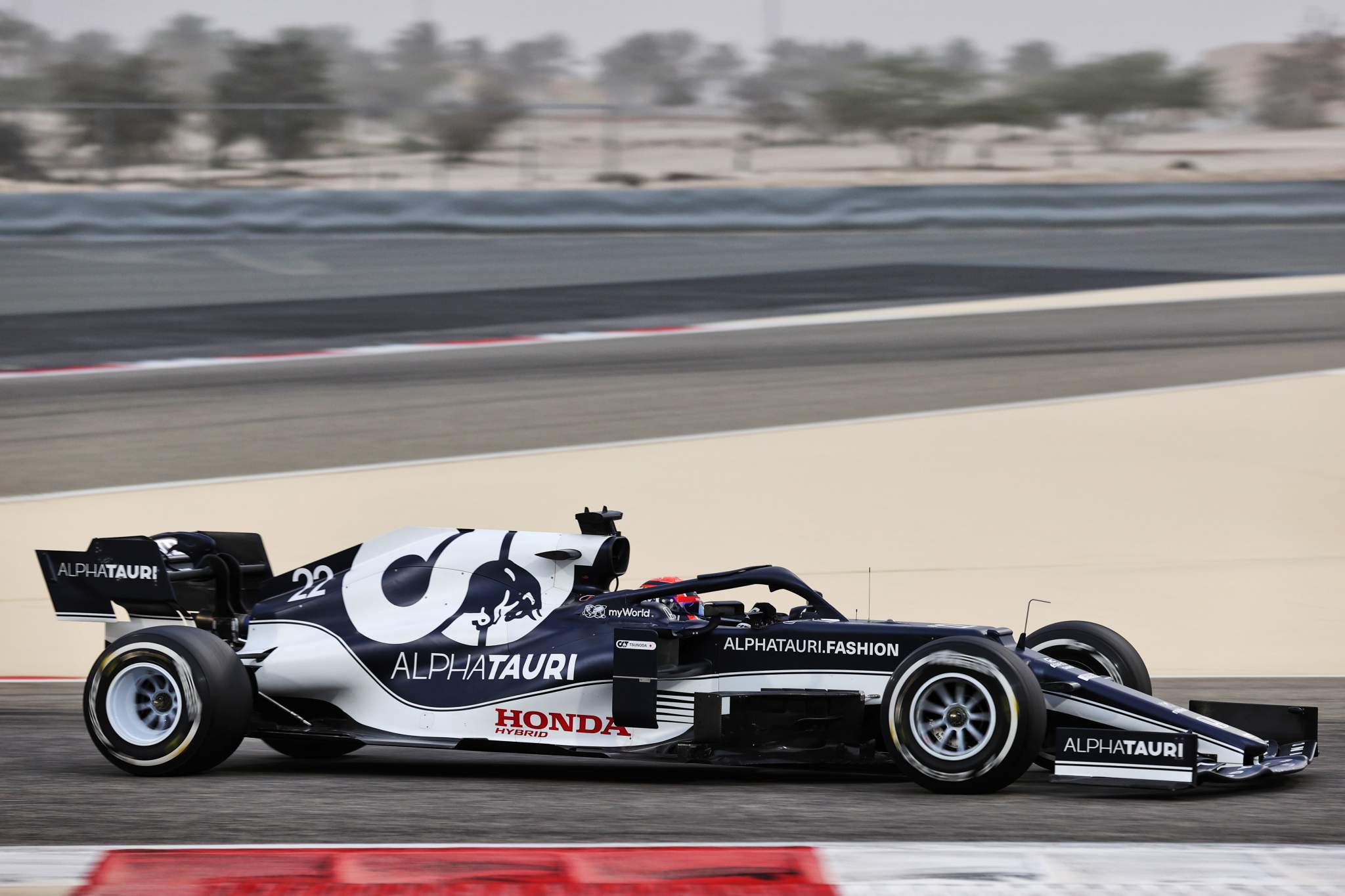
Though Schumacher’s time loss early on was the most obvious disruption among F1 2021’s rookie contingent, it’s worth noting that AlphaTauri’s Yuki Tsunoda had a less prominent setback.
He completed just 37 laps in the afternoon because of a fuel system issue that was giving him inconsistent running.
Though Tsunoda has had ample testing time in 2018 and 2019 Toro Rosso machinery to help get up to speed, having a compromised first half-day in the 2021 car has cost him some important acclimatisation time he won’t get back.
The hour Sebastian Vettel lost to a “small” Aston Martin problem wasn’t ideal either as he gets up to speed in his new surroundings.
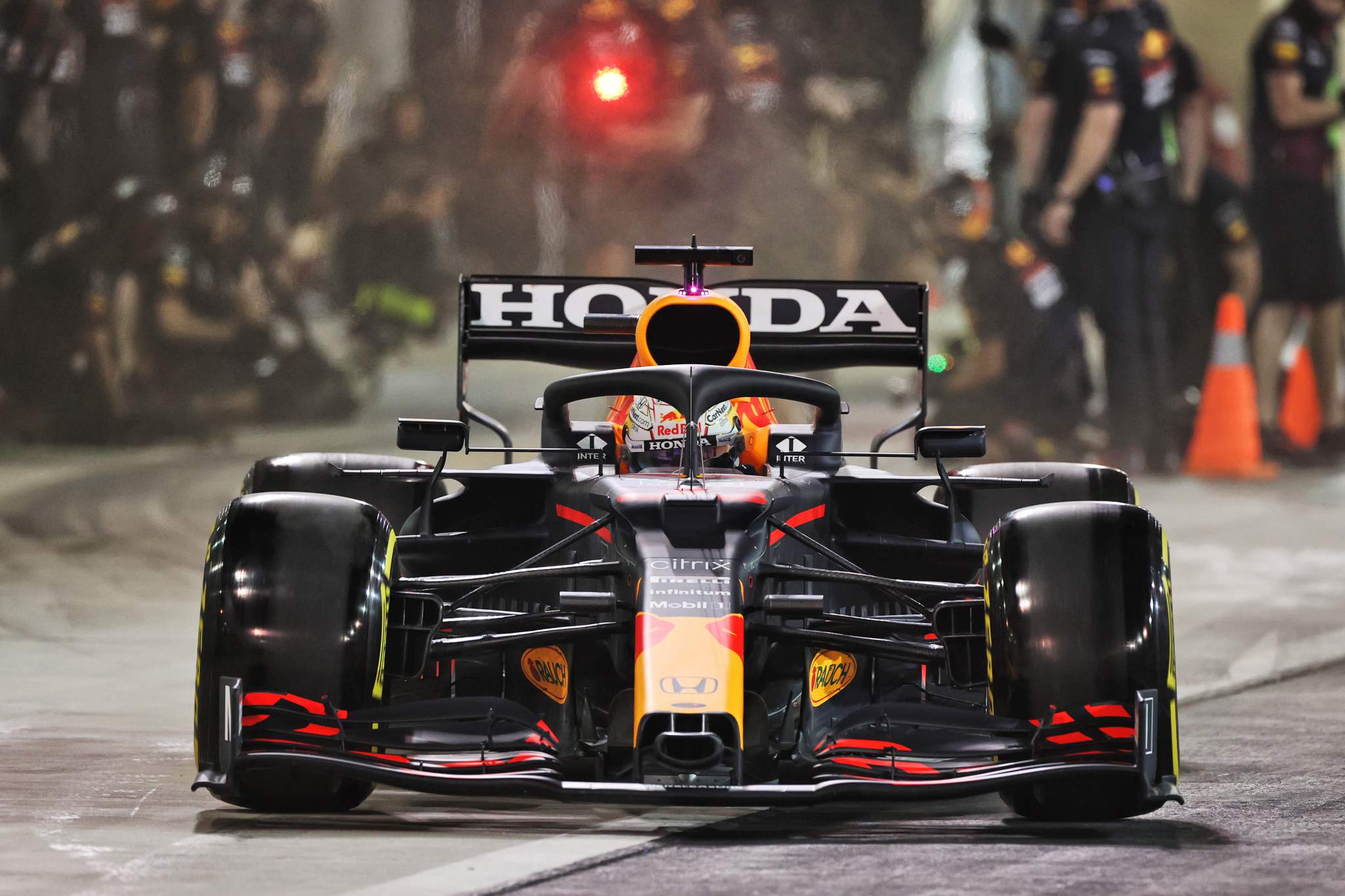
Honda dispels reliability rumour
A rumour emerged during the off-season that Honda was really struggling with its new engine’s reliability. It was even suggested this could be behind Red Bull’s ultra-secretive filming day with the RB16B.
While it may yet come to pass that Honda’s turned its engines down massively to rack up the mileage, its impressive first day earns it the benefit of the doubt. Despite Tsunoda’s problems, Red Bull and AlphaTauri both cleared 100 laps – with Red Bull’s new car, driven by Max Verstappen, leading the way on 139.
It’s a very encouraging start for an overhauled engine Honda has brought forward from 2022 to give Red Bull everything it can in a bid to finally challenge Mercedes for the world championship.
Operating under the usual uncertainty of fuel loads and engine modes, it is impossible to say if Verstappen’s day-topping lap time is great, good or underwhelming.
But Red Bull ended the day fastest and with more mileage than any other team – and that was something both Verstappen and the team were keen to lean on.
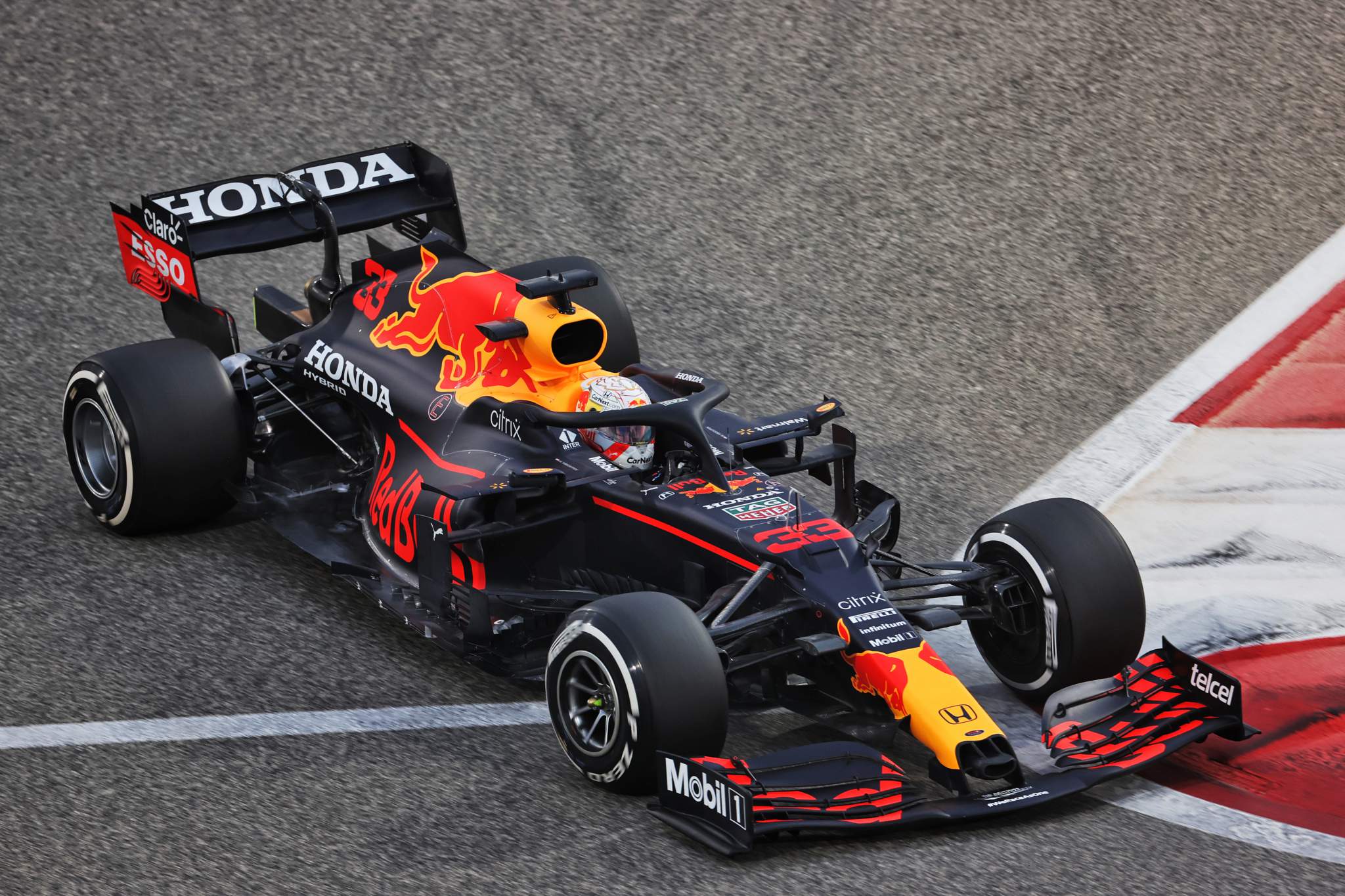
“We aimed for this number of laps and when you can complete a full programme like this the team can also be pleased with the information we have,” said Verstappen, who reported the car was “nice to drive” despite some early-morning signs of understeer and a half-spin.
“We don’t need to talk about pace yet and it isn’t really a discussion until we get to Q3 at the first race weekend – it’s only then you see the real pace in all the cars.”
Red Bull’s head of race engineering Guillaume Rocquelin echoed Verstappen’s sentiments, confirming the team was “really pleased” as it hit its objectives for the first day.
“We had a target in terms of the number of laps we wanted to get through and a fairly busy run plan and we were able to stick to both,” he said.
“Lap time is not what it’s about at this stage and I don’t think Max will be getting too pumped up about being at the top of the timesheet on day one. What’s more important is that we were able to follow the plan and do the laps.”
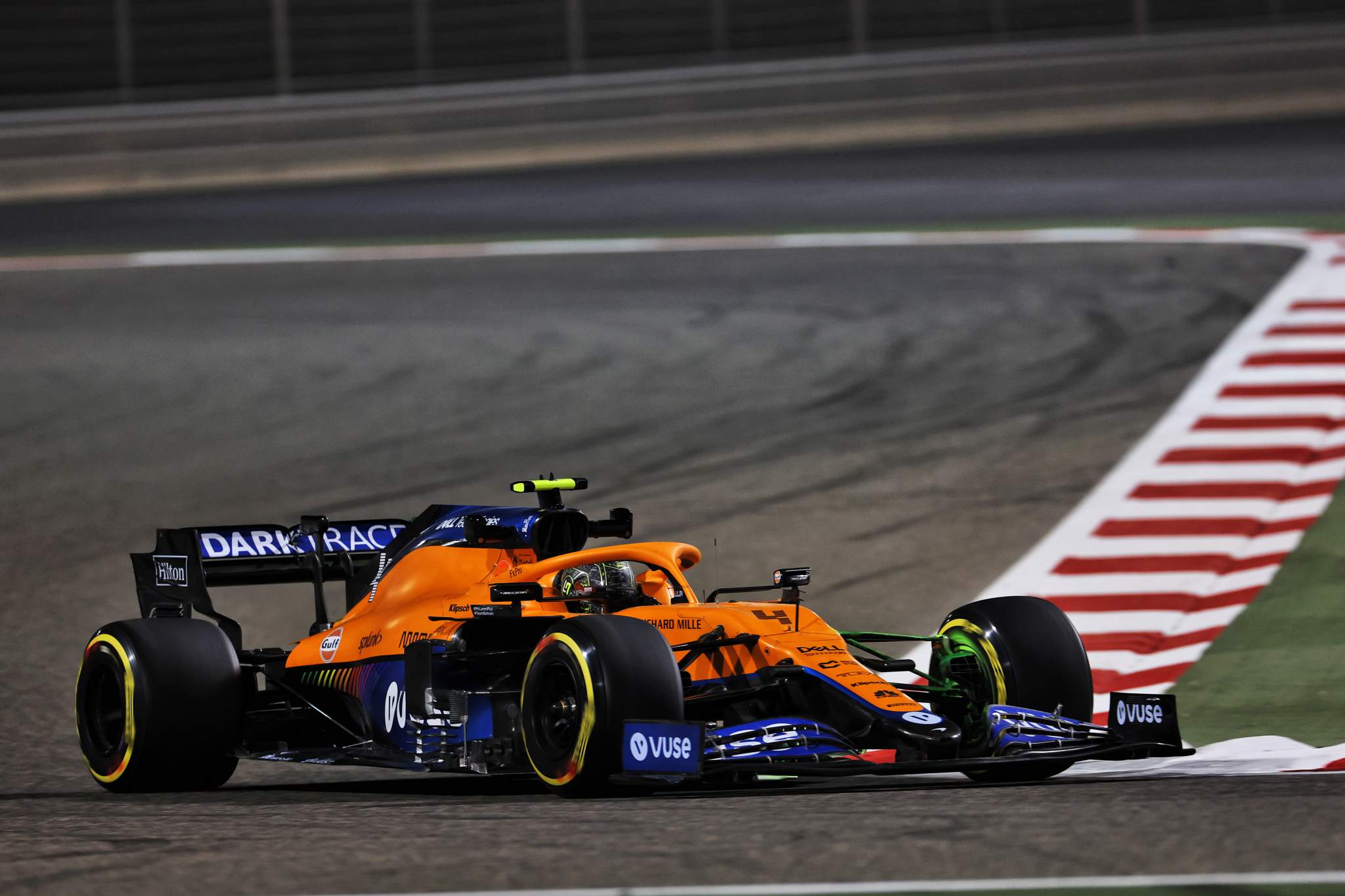
McLaren’s Mercedes reunion has started well
Though all four Mercedes-engined teams were, coincidentally or not, restricted to fewer than 100 laps each, the manufacturer’s newest customer was very satisfied with its first day’s work.
McLaren’s last two ‘new engine eras’ haven’t started so well. With Honda in 2015, McLaren had a disaster – completing just 79 laps across four days of running at Jerez. And its Renault switch in 2018 came with other problems across the first three days that severely restricted running.
Not so with Mercedes, as McLaren’s reunion began with “no issues” according to team boss Andreas Seidl.
“There was a lot of boxes to tick on our test list, which we could complete as planned in the morning,” said Seidl when asked by The Race how the Mercedes side had gone.
“I would say, so far, so good. But at the same time, we still have a lot of work to do the next two days. I’m confident that we will be ready for Bahrain when it counts.”
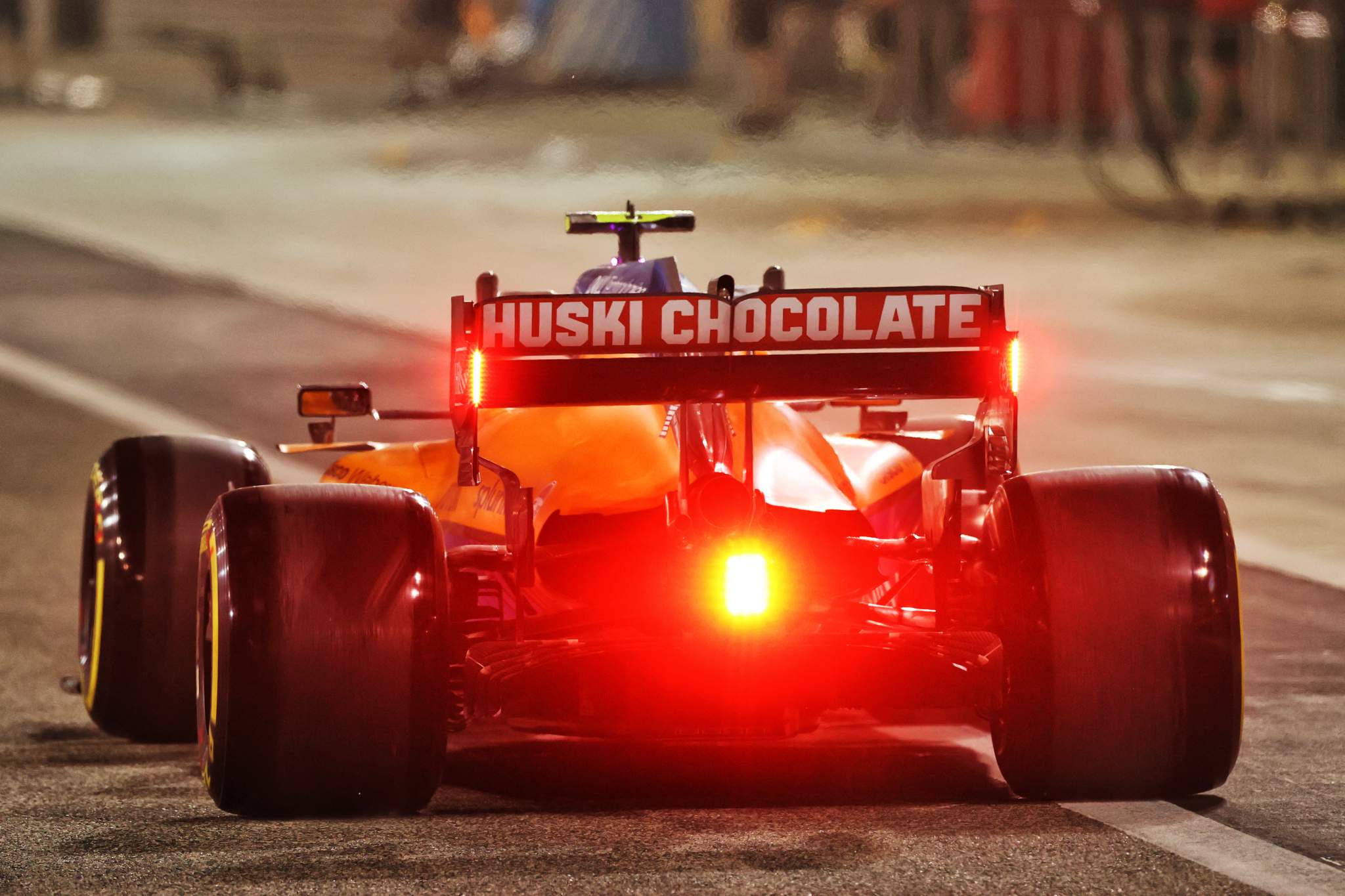
That will include more performance running and race simulations over the next couple of days as McLaren seeks to cover all bases before the season begins properly in two weeks’ time.
McLaren has been keen not to undersell the challenge of switching engine suppliers, especially as the rules governing car carry-overs from 2020 to 2021 mean it has been restricted in what it was allowed to change on its car to accommodate the different engine.
That has been a partially compromised process as a result, and while McLaren could be encouraged by the absence of problems on the dyno it is a relief for the team to clear the first proper on-track hurdle – after a two-day shakedown at Silverstone – without drama.
“We will try to use these next days in order to make sure that we train as soon as possible with race weekend specifics together with Mercedes,” added Seidl.
“We are fully aware that when we go into the race weekend in two weeks, there will be the qualifying first time under pressure and the first race together under full pressure.
“That’s something we try to be as prepared [for] as possible in order to make this start of the new partnership with the first race weekend as smooth as possible.”
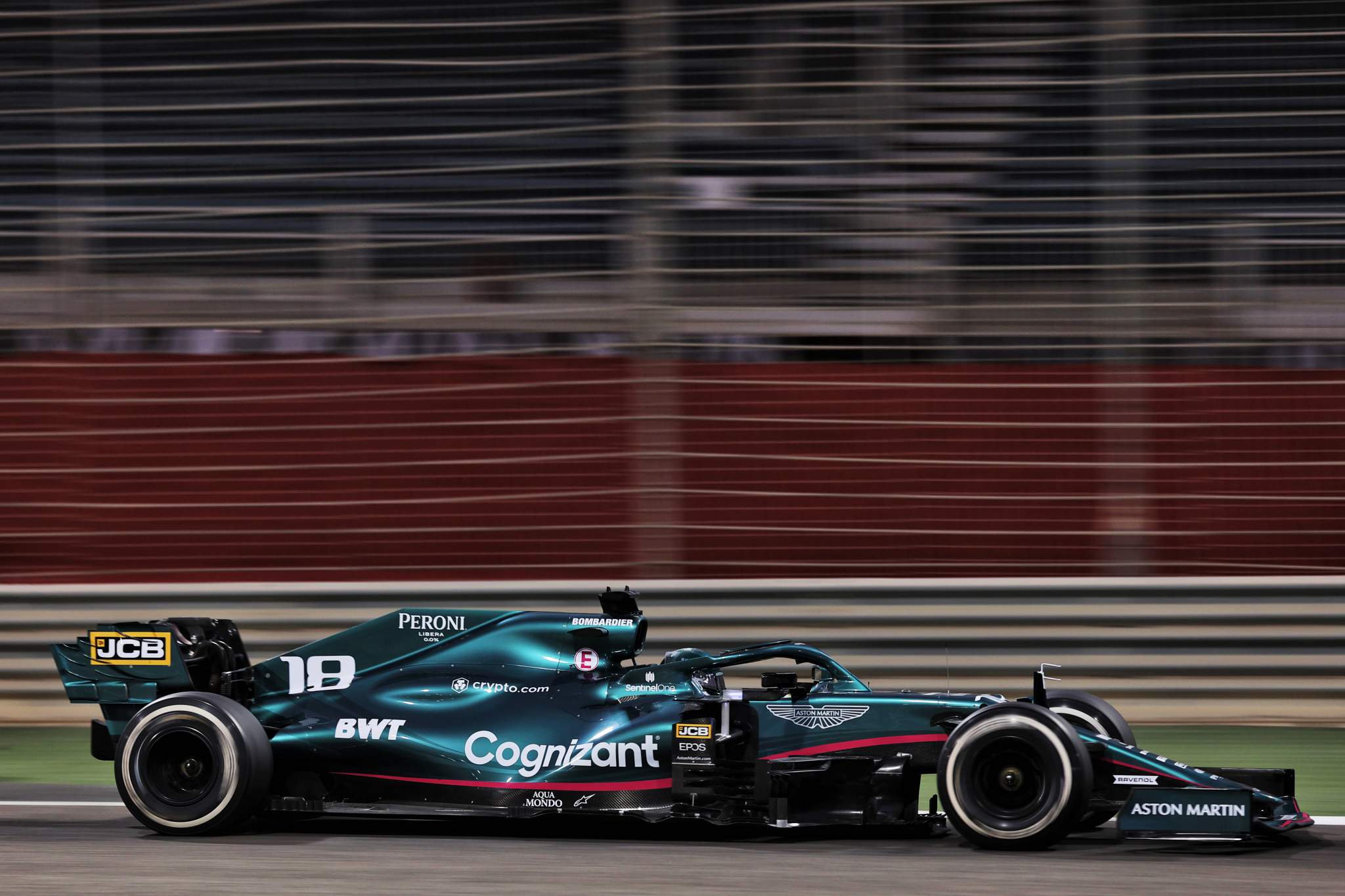
The floor is the key development battleground
Teams went out of their way to keep their floor designs under warps during launch season, so it was no surprise to see a wide array of approaches to tackling the aerodynamic rule changes for this year.
With the floor now having to taper inwards from the middle of the floor back to the rear wheels, and the slots in it banned, teams have taken a big hit in terms of downforce generation. But that’s simply by removing those aspects, so with redesign and re-optimisation plenty of that loss has been clawed back.
Mercedes technical director James Allison said at the launch that he had no intention of letting rivals get an early start of aerodynamic testing of its floor concept. So it was no surprise that on the first morning the Mercedes floor caught the eye, with its undulating forward section and detail work around the rear tyre. That’s an approach Aston Martin has also taken.
But the floor designs are by no means ubiquitous with others having ostensibly more conventional versions. We even saw a little experimentation during the day with some teams running versions with slightly different vane configurations. And we can expect to see plenty more evolution in this area over the coming months.
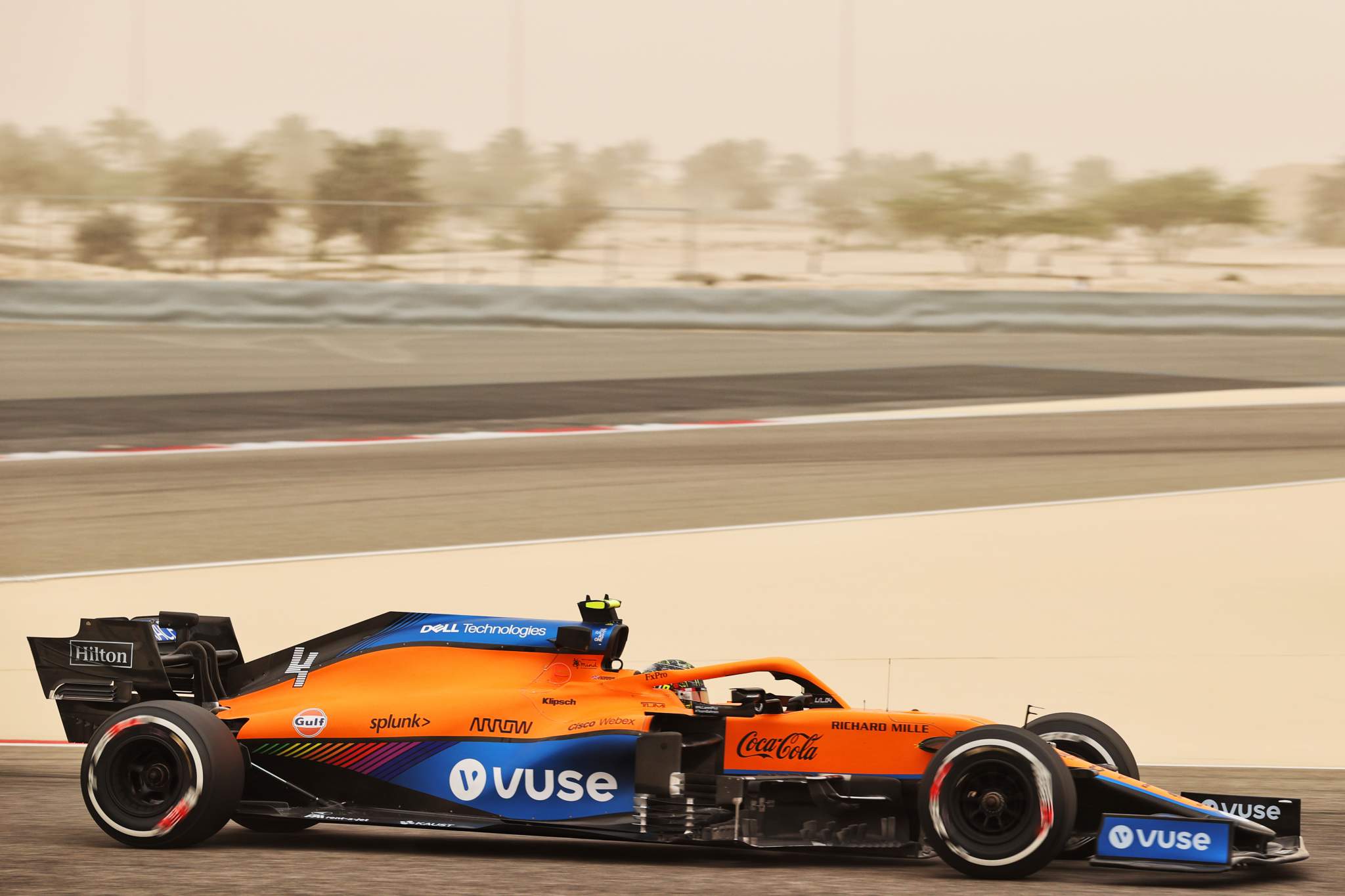
Carryover cars don’t preclude innovation
While this year’s crop of cars are built around much of the structure of the 2020 machines, there has been no lack of innovation.
While this mainly focuses on detail work rather than grand new concepts, it still shows that even when the constraints are tight, F1 teams find a way.
As well as the floor innovations, ever-more intricate bargeboards were on display – with McLaren among those who had gone to great lengths to hide them previously. The bargeboards have been tweaked to work with the modified floor regulations, so will remain a critical part of managing the car’s airflow.
Alpine’s bulbous airbox/engine cover is innovative in that it’s moving in the opposite direction to most others with more being housed a little higher in the car. But it’s an outlier when it comes to that approach and drew comparisons with mid-1970s Ligiers!
There were also different interpretations of the modified diffuser regulations on show as teams sought to claw back every piece of downforce lost to the rules tweaks.
While none of these add up to a revolution, it proves there are still new ideas and fresh approaches in F1 and you can be certain personnel in all 10 teams will be intently studying their spy shots of rivals.





